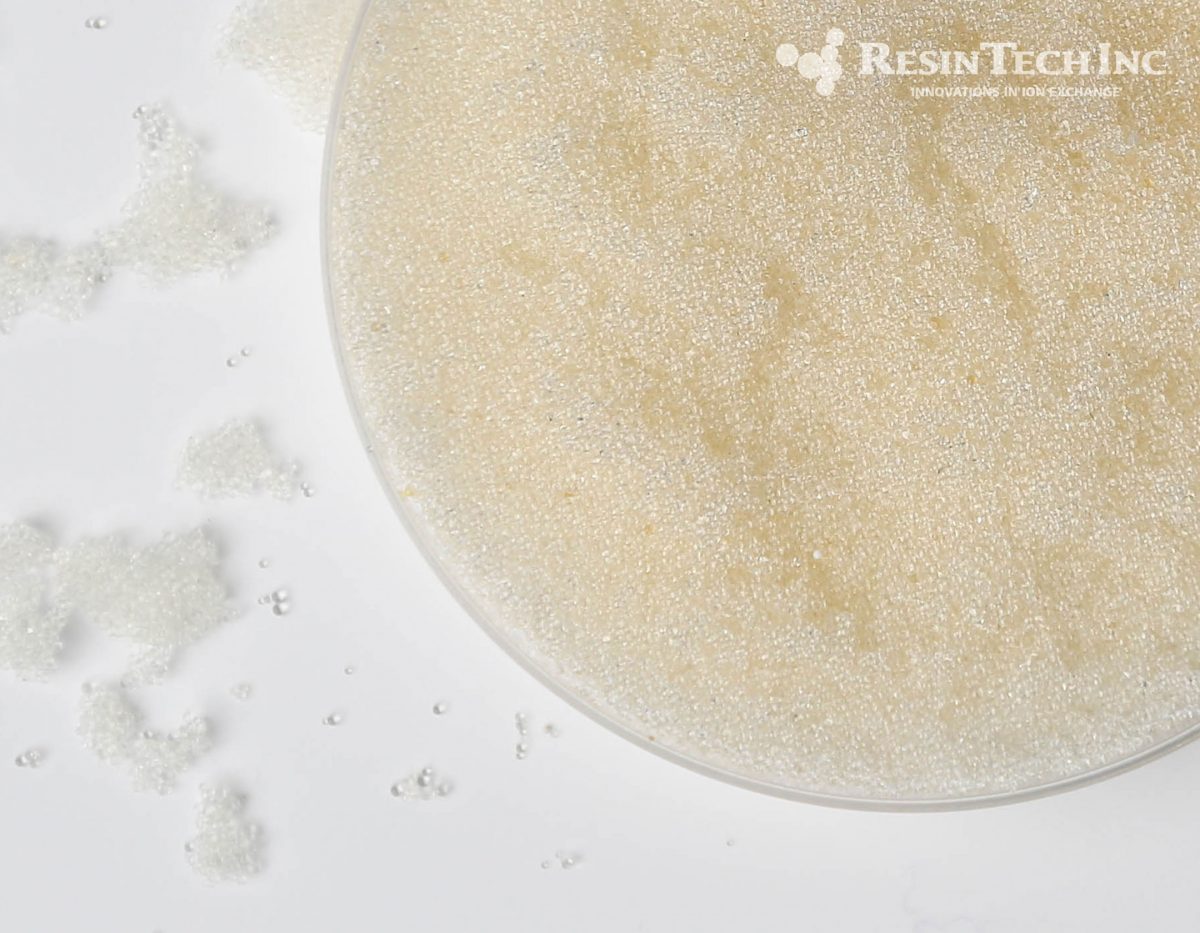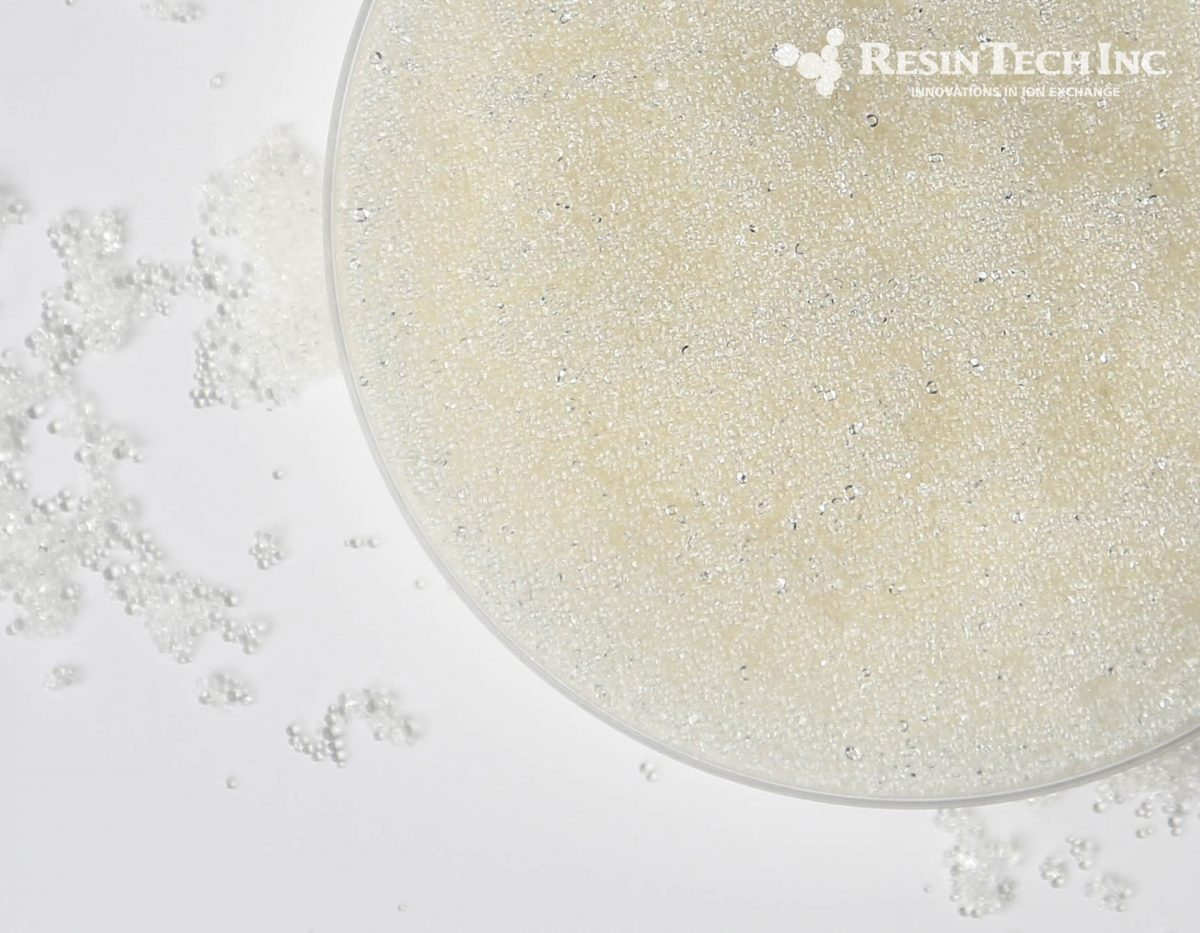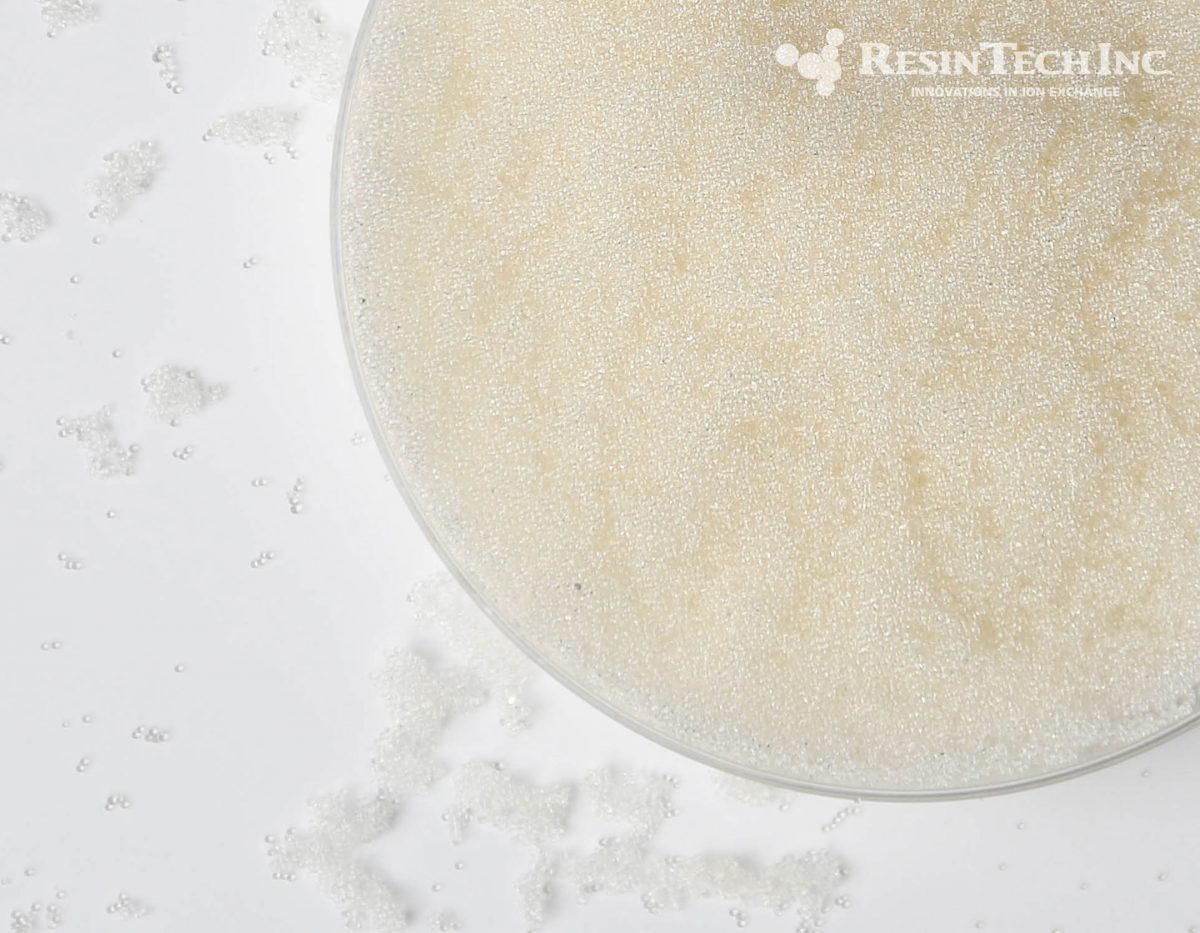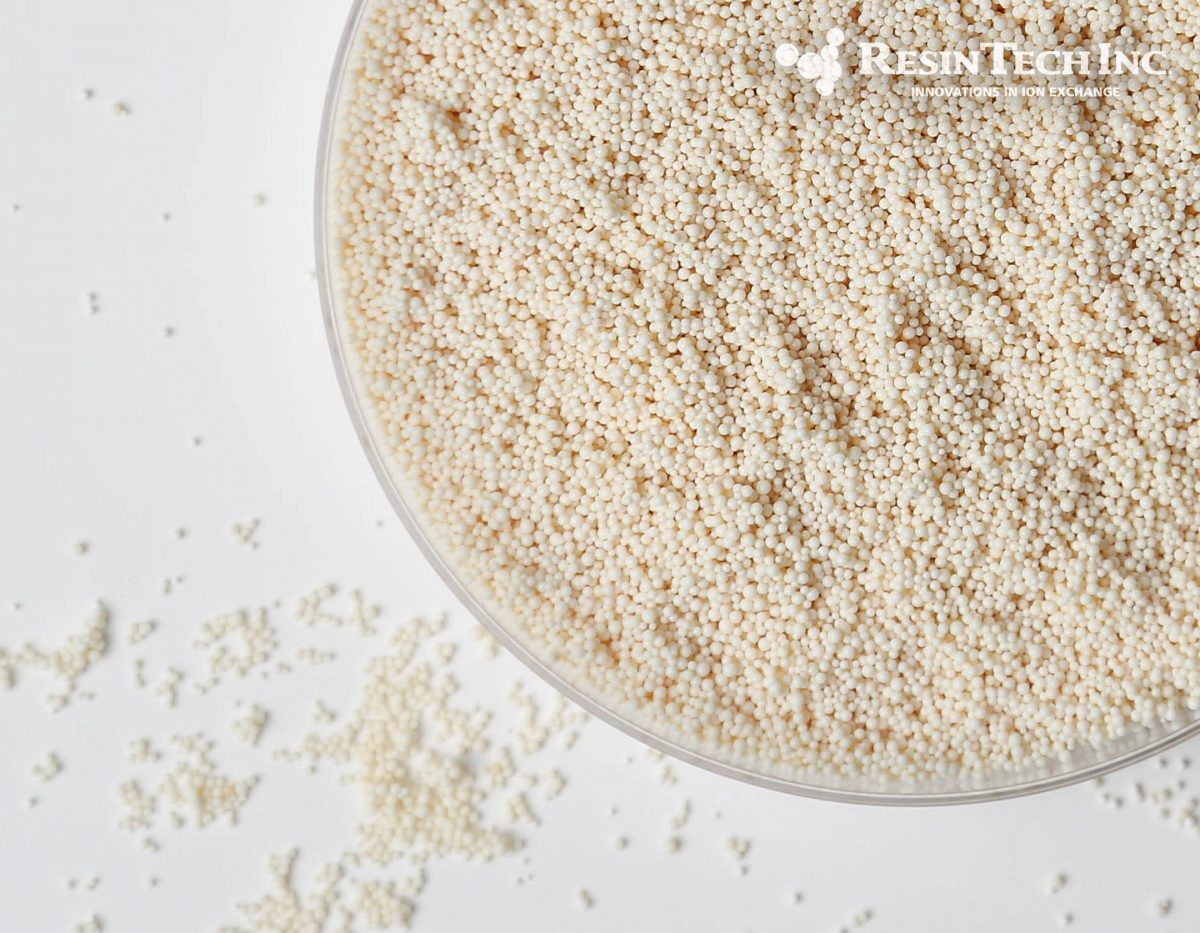- Products
- Services
- Markets
- About
-
 English US
English US
 English US
English US
Chemical Formula: Mo, MoO4
Present as: transition metal, anion
Molybdenum is a chemical element with symbol Mo and atomic number 42. The name is from Neo-Latin molybdaenum, from Ancient Greek Μόλυβδος molybdos, meaning lead, since its ores were confused with lead ores. Molybdenum minerals have been known throughout history, but the element was discovered (in the sense of differentiating it as a new entity from the mineral salts of other metals) in 1778 by Carl Wilhelm Scheele. The metal was first isolated in 1781 by Peter Jacob Hjelm.
Molybdenum does not occur naturally as a free metal on Earth; it is found only in various oxidation states in minerals. The free element, a silvery metal with a gray cast, has the sixth-highest melting point of any element. It readily forms hard, stable carbides in alloys, and for this reason most of world production of the element (about 80%) is used in steel alloys, including high-strength alloys and superalloys.
Most molybdenum compounds have low solubility in water, but when molybdenum-bearing minerals contact oxygen and water, the resulting molybdate ion is quite soluble.
Molybdate, although less effective than chromate, is commonly used in closed loop cooling systems, as corrosion inhibitor. Molybdates are also as catalysts and in lubricants.

| Media Sub Category |
Strong Base Anion |
| Polymer Matrix |
Styrenic Gel |
| Ionic Form |
Chloride |
| Applications: | |
|
- Demineralization |
|

| Media Sub Category |
Strong Base Anion |
| Polymer Matrix |
Styrenic Porous Gel |
| Ionic Form |
Chloride |
| Applications: | |
|
- Demineralization |
|

| Media Sub Category |
Strong Base Anion |
| Polymer Matrix |
Styrenic Gel |
| Ionic Form |
Chloride |
| Applications: | |
|
- Dealkalizer |
|

| Media Sub Category |
Strong Base Anion |
| Polymer Matrix |
Styrenic Macroporous |
| Ionic Form |
Chloride |
| Applications: | |
|
- Cane sugar refined syrup decoloration |
|
Need a little help deciding what to do next?
Reach out to us using the link below.
Tel: 856-768-9600
Fax: 856-768-9601
©2024 ResinTech, Inc.